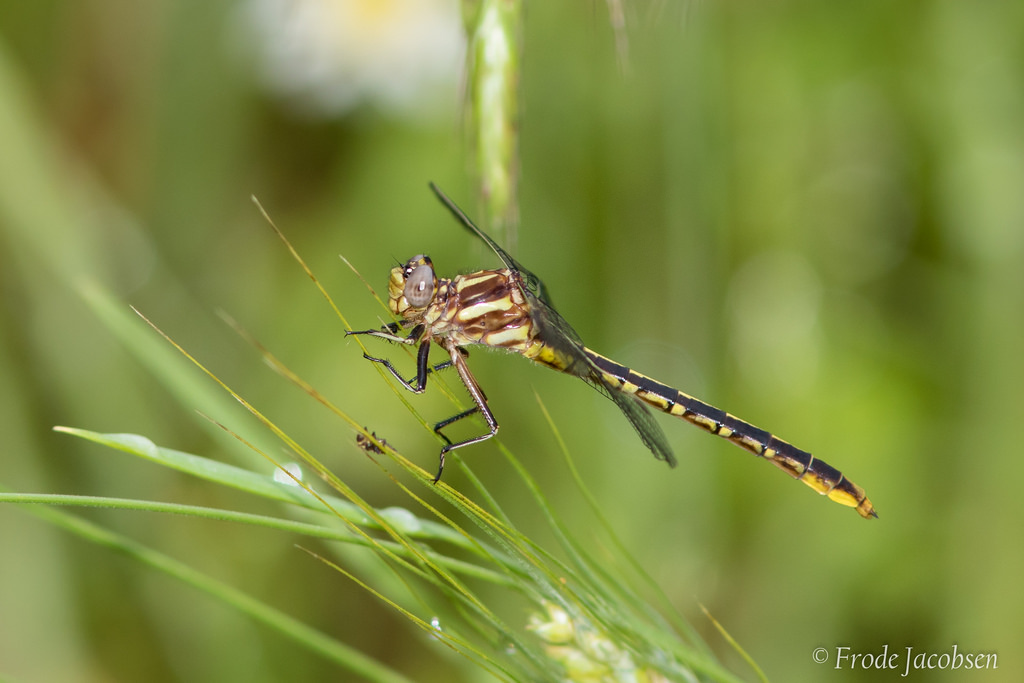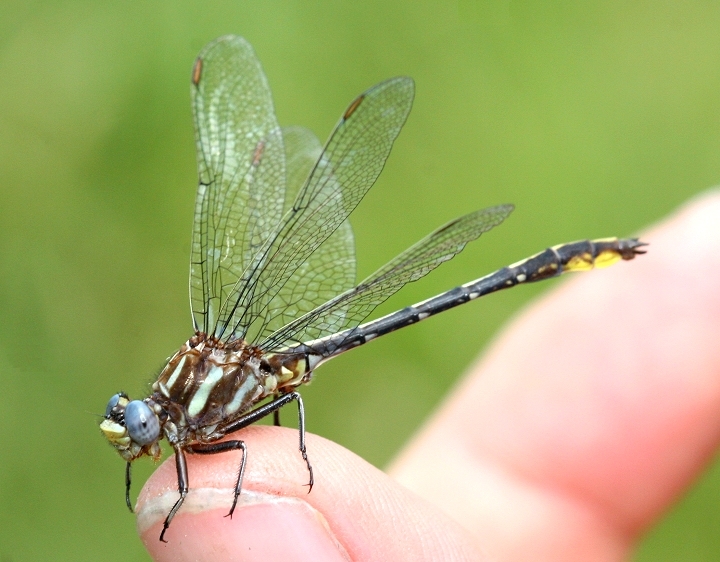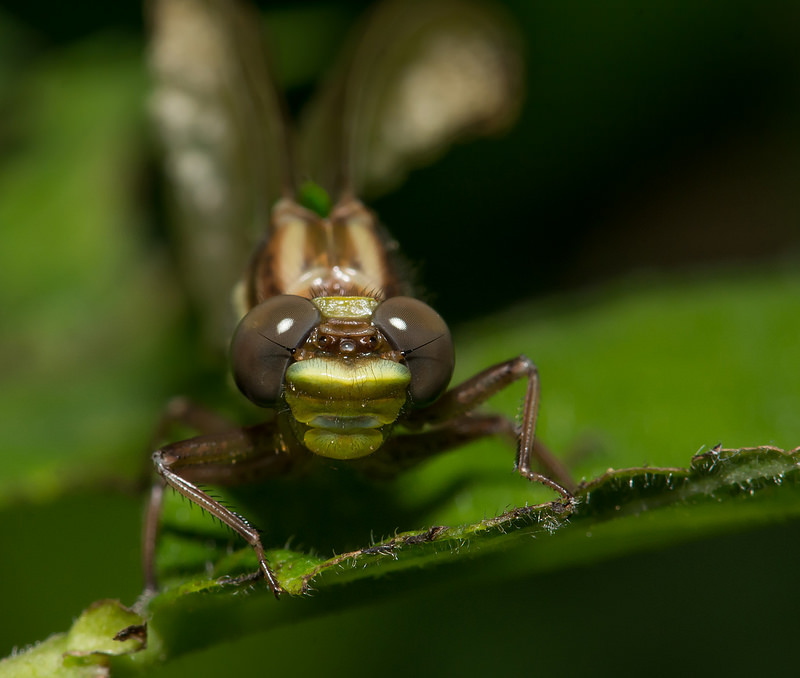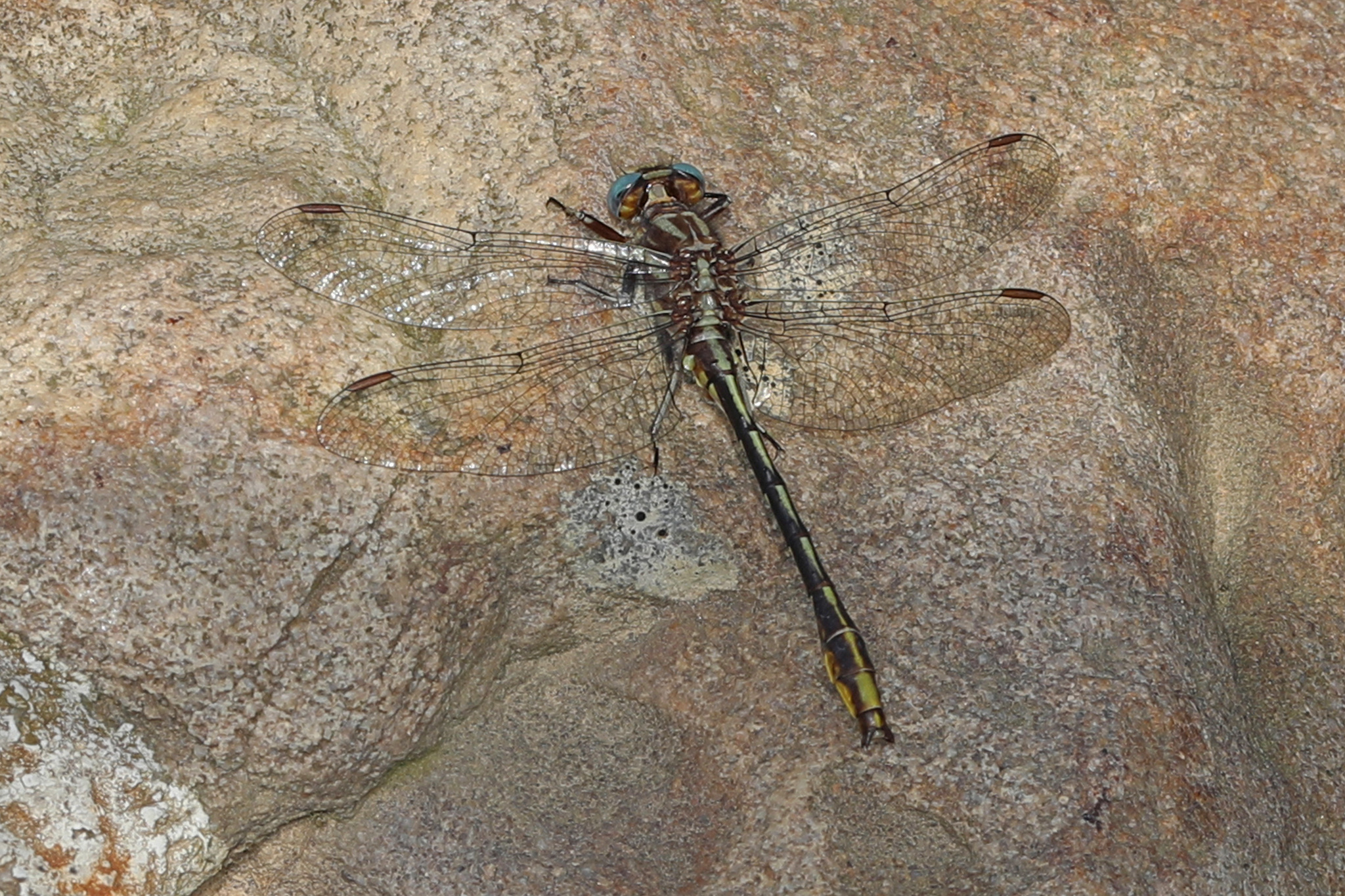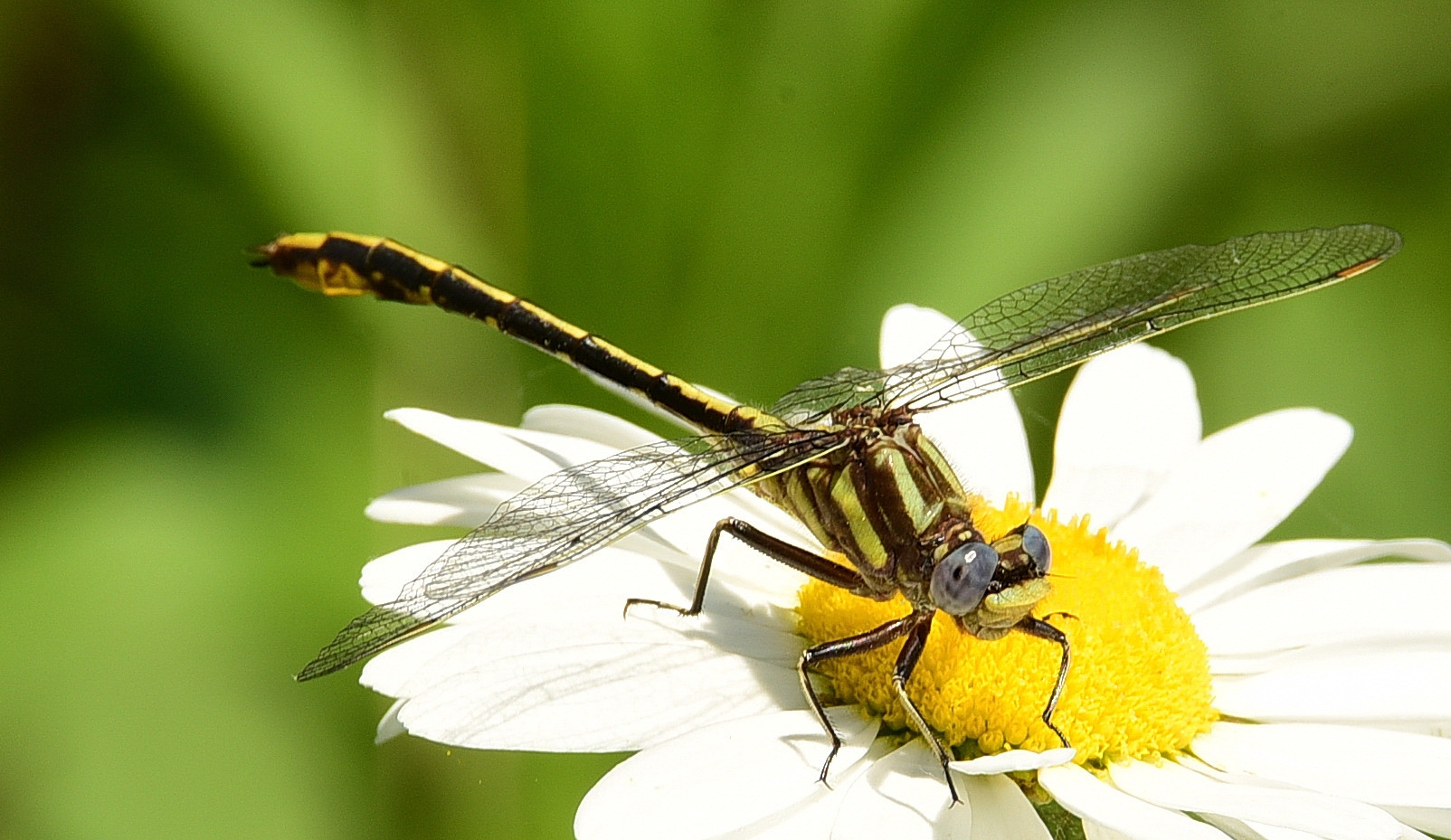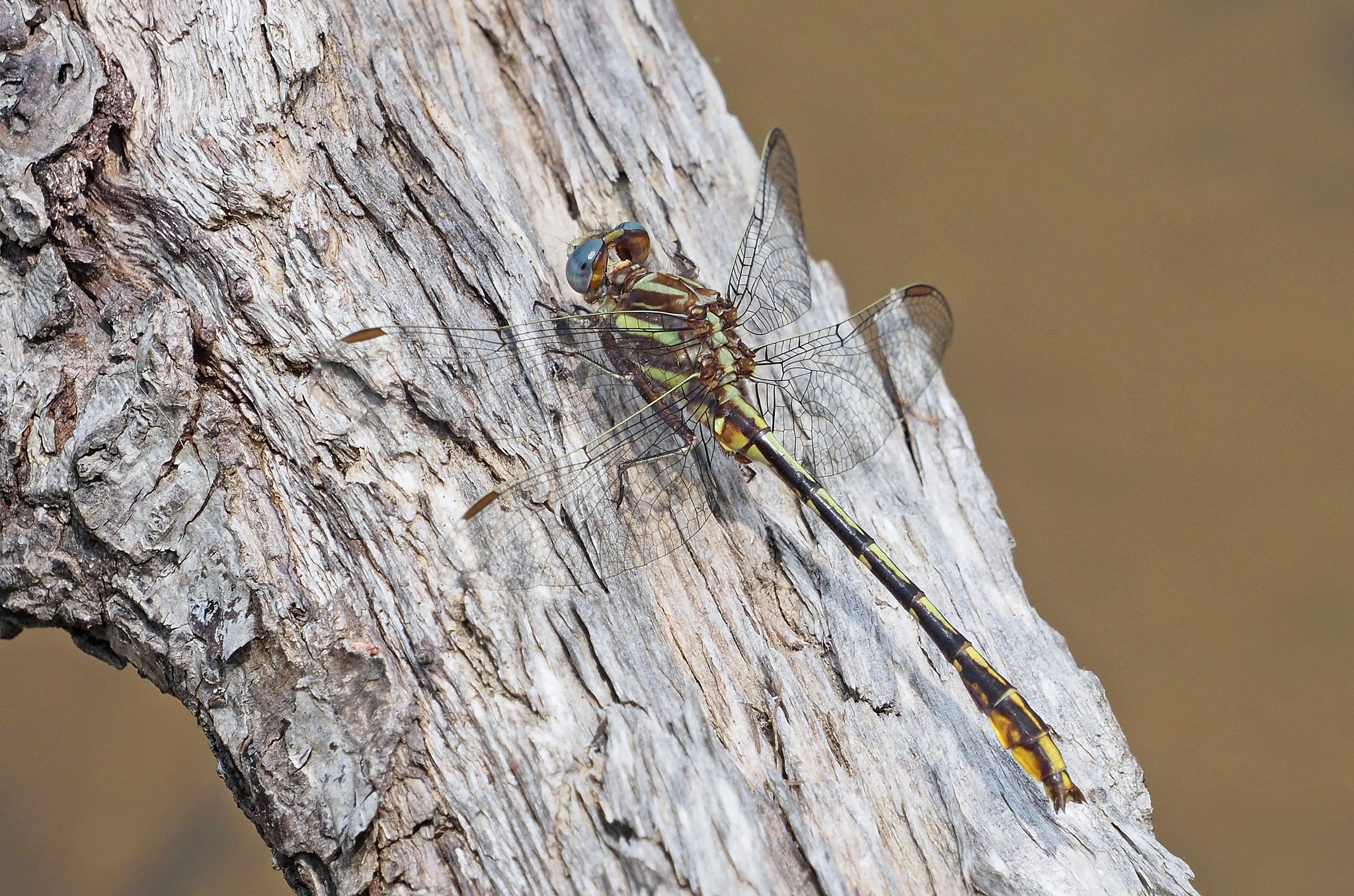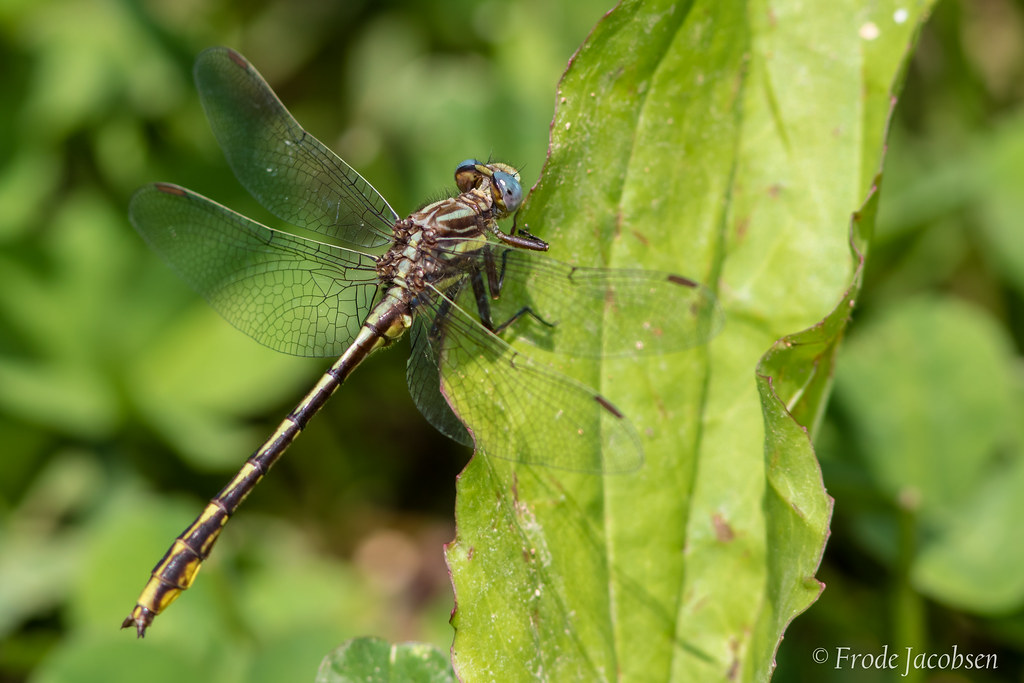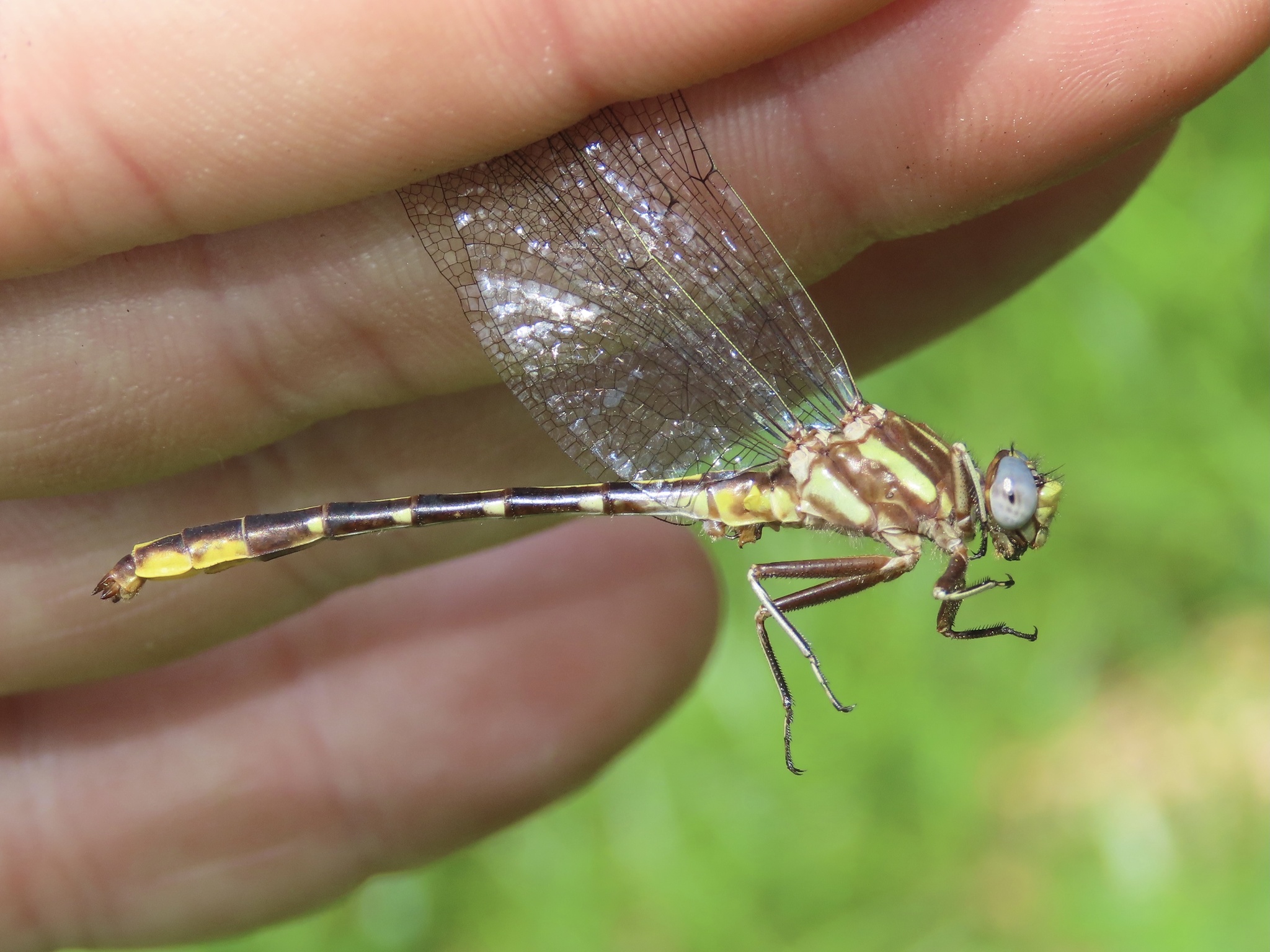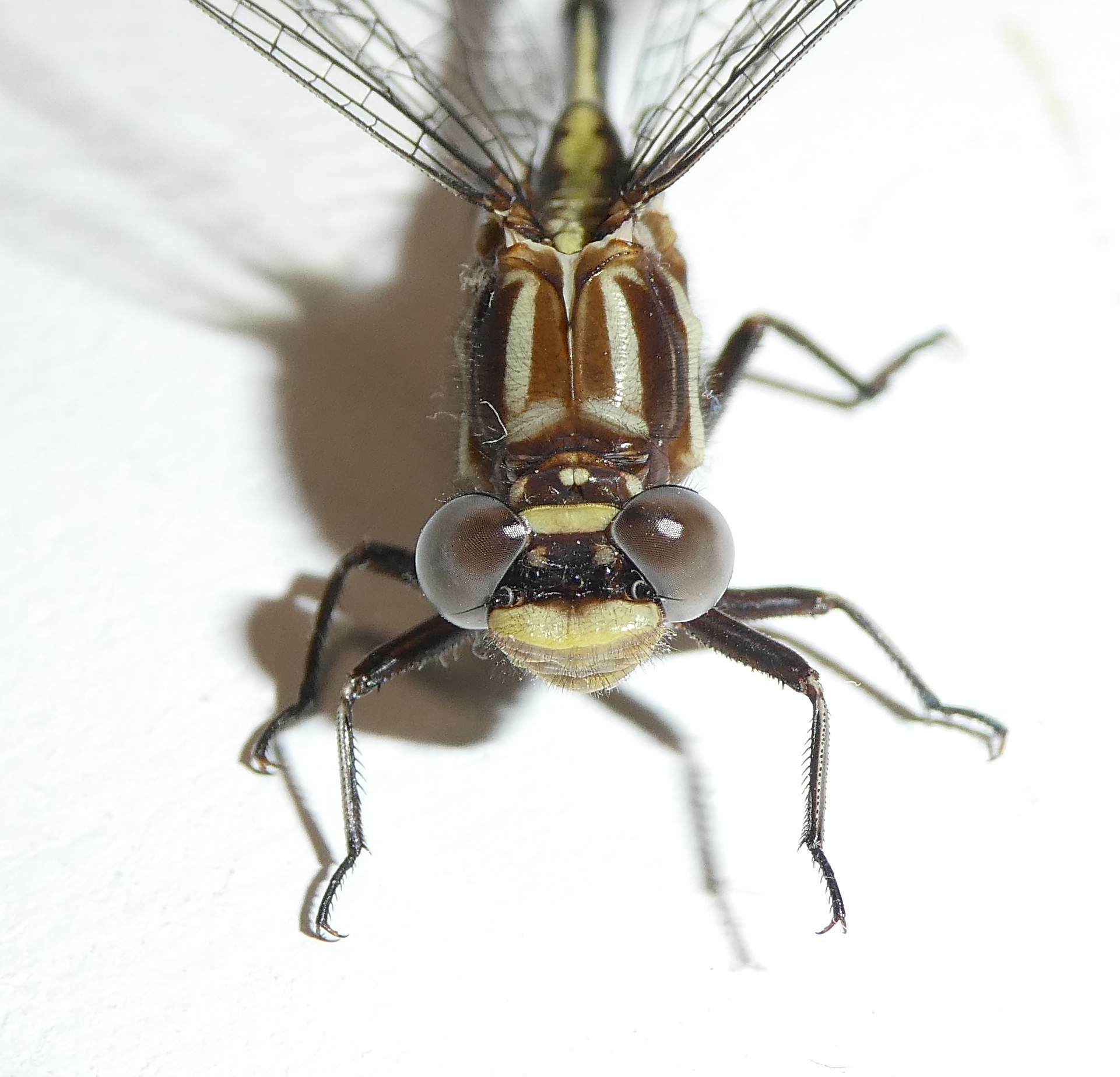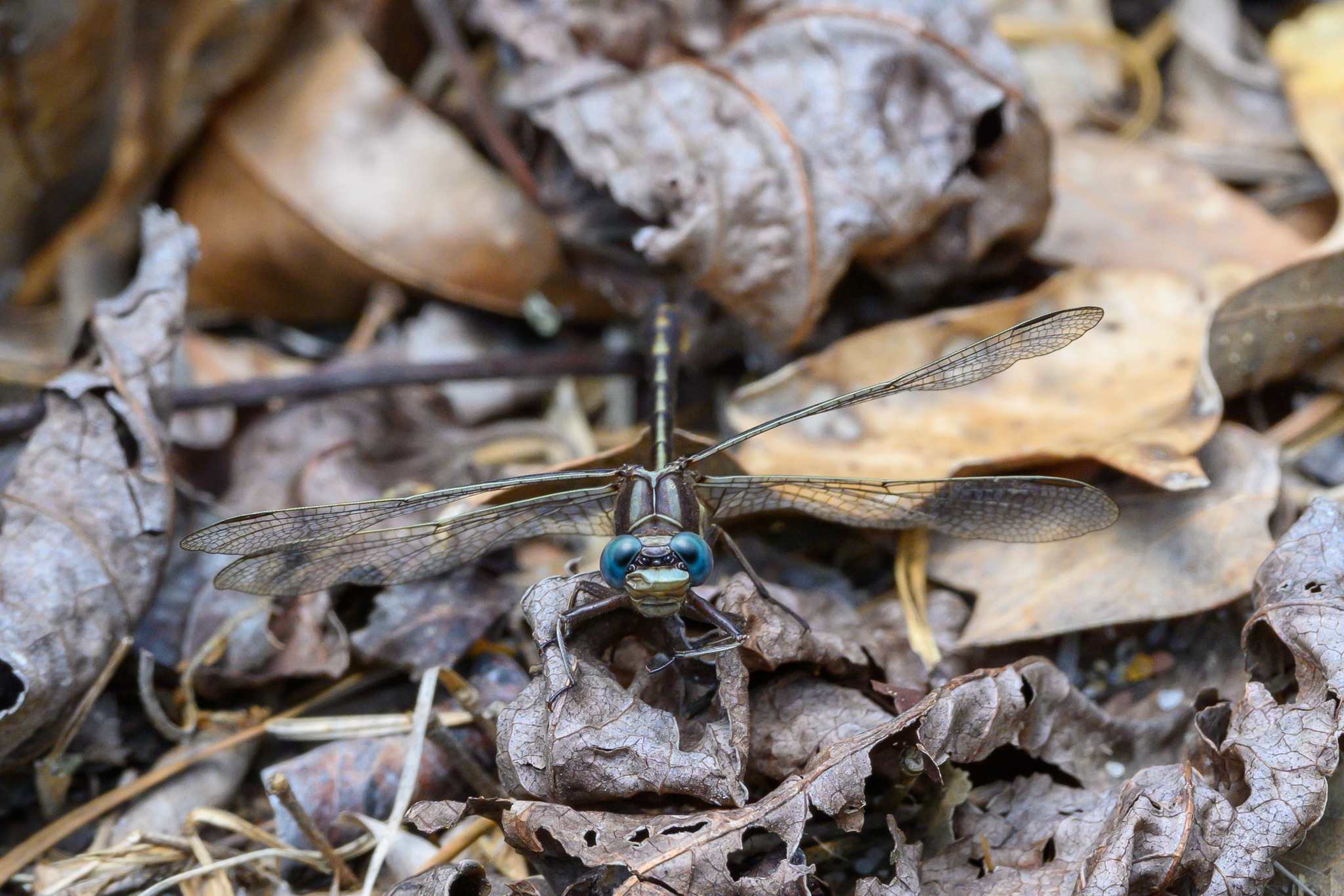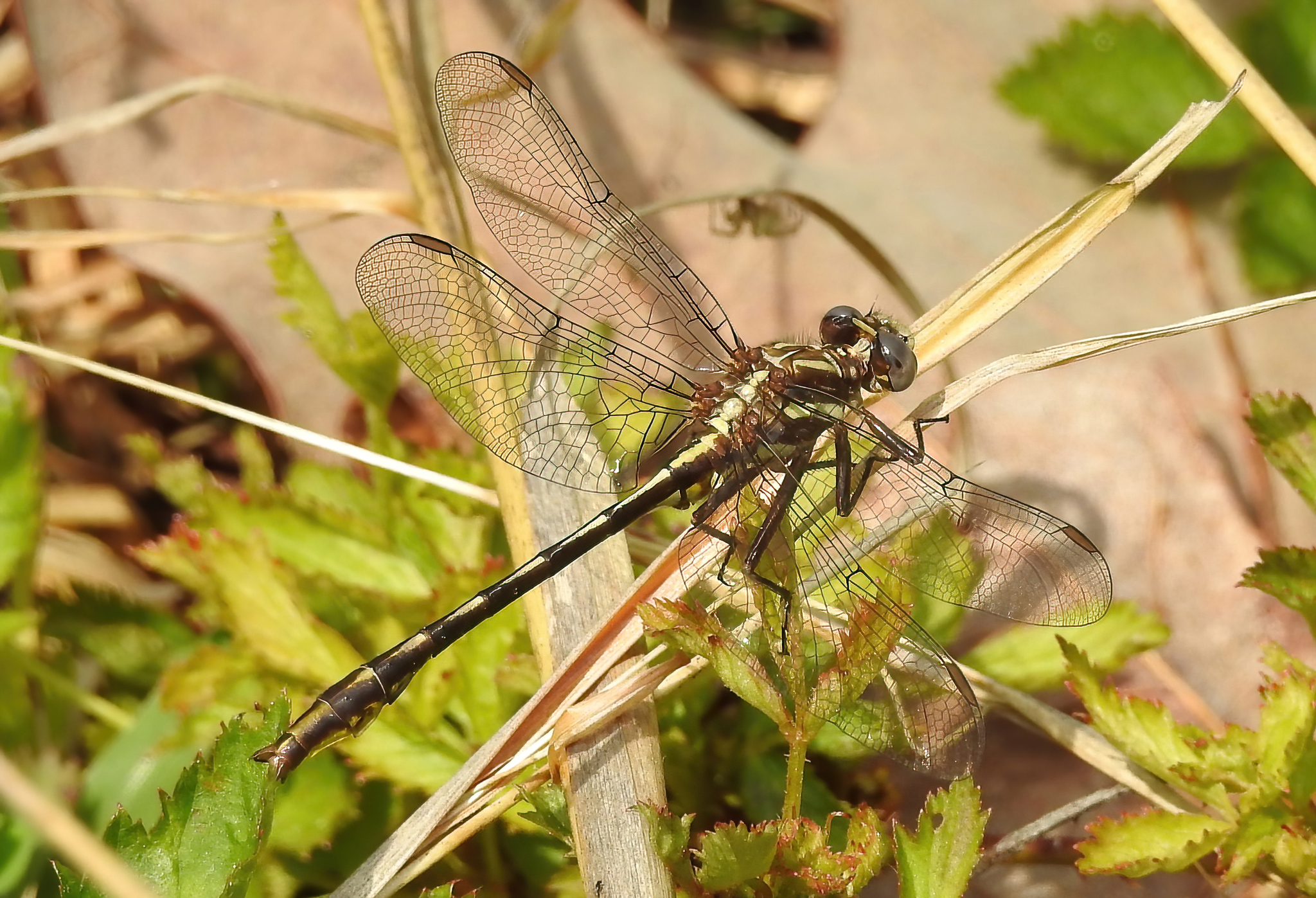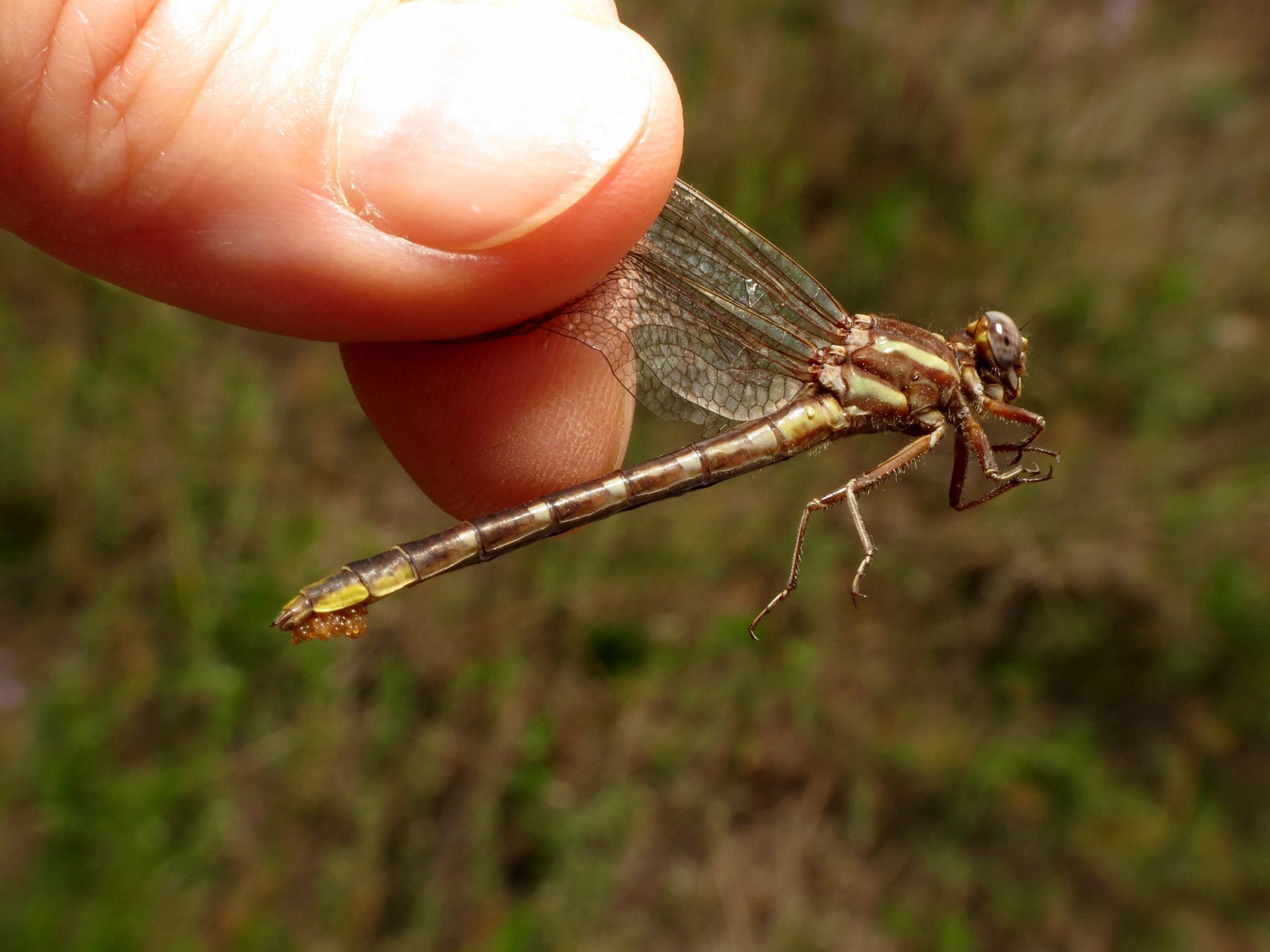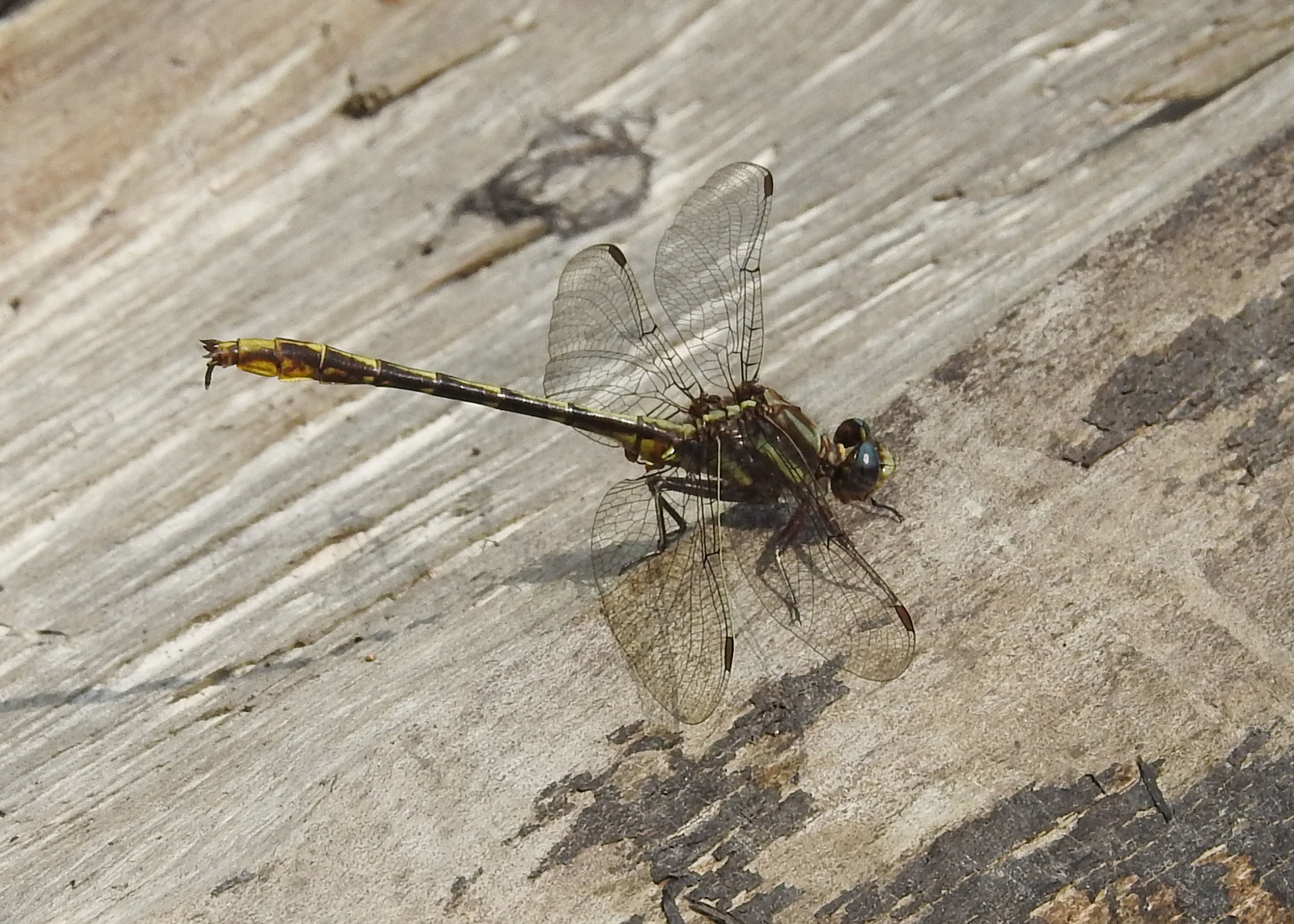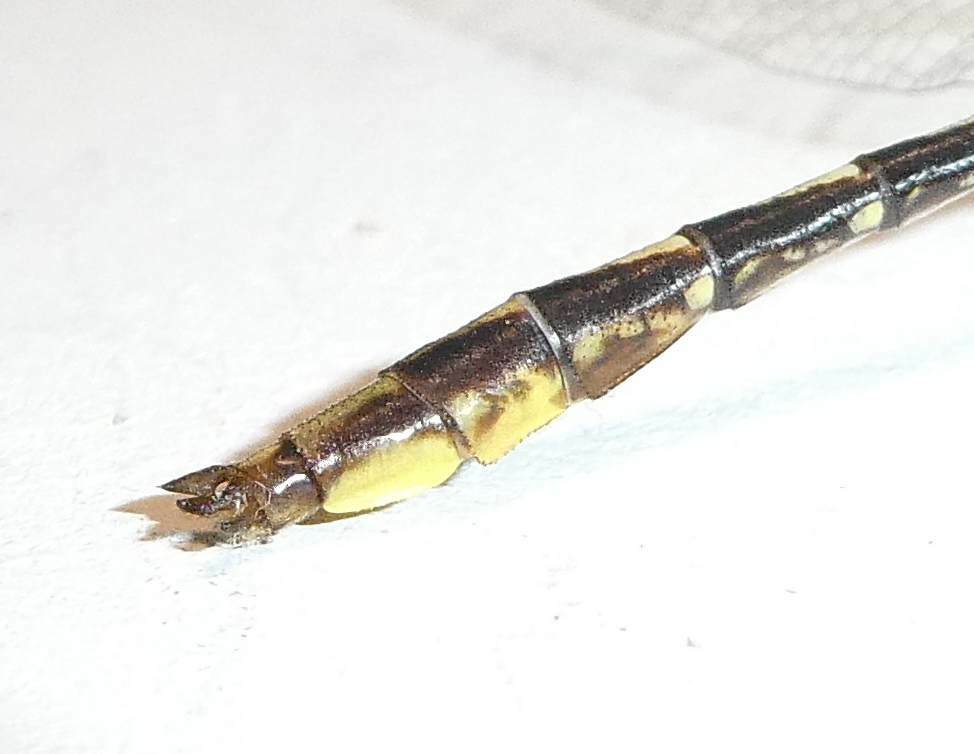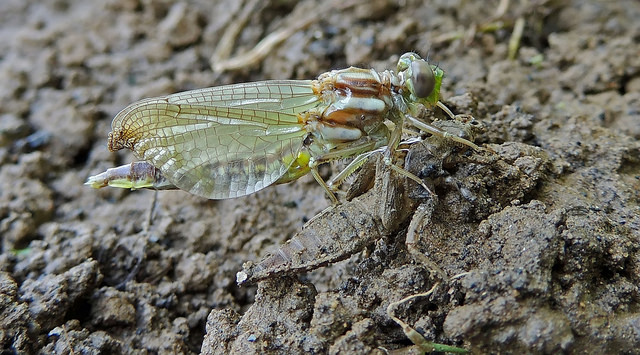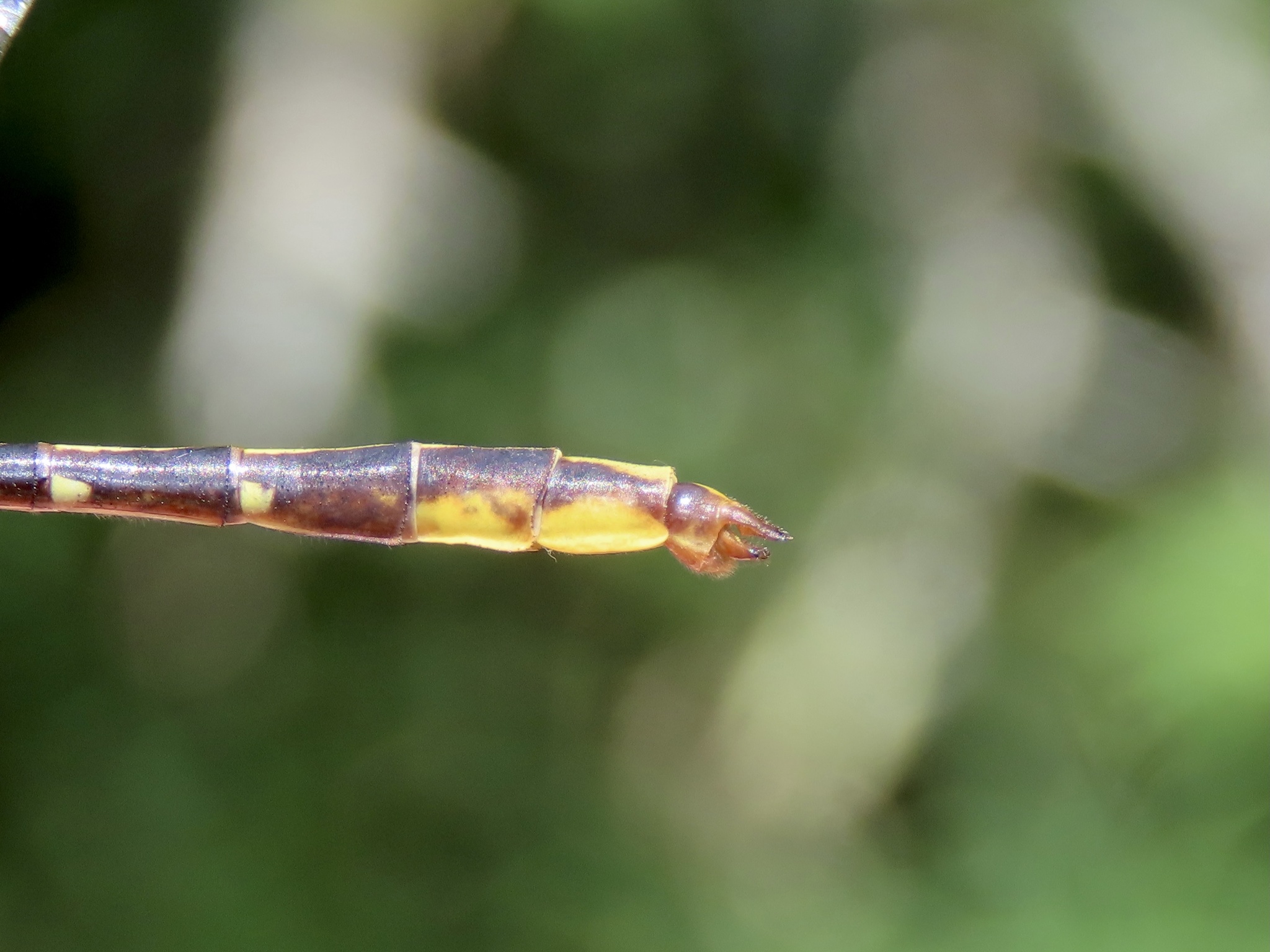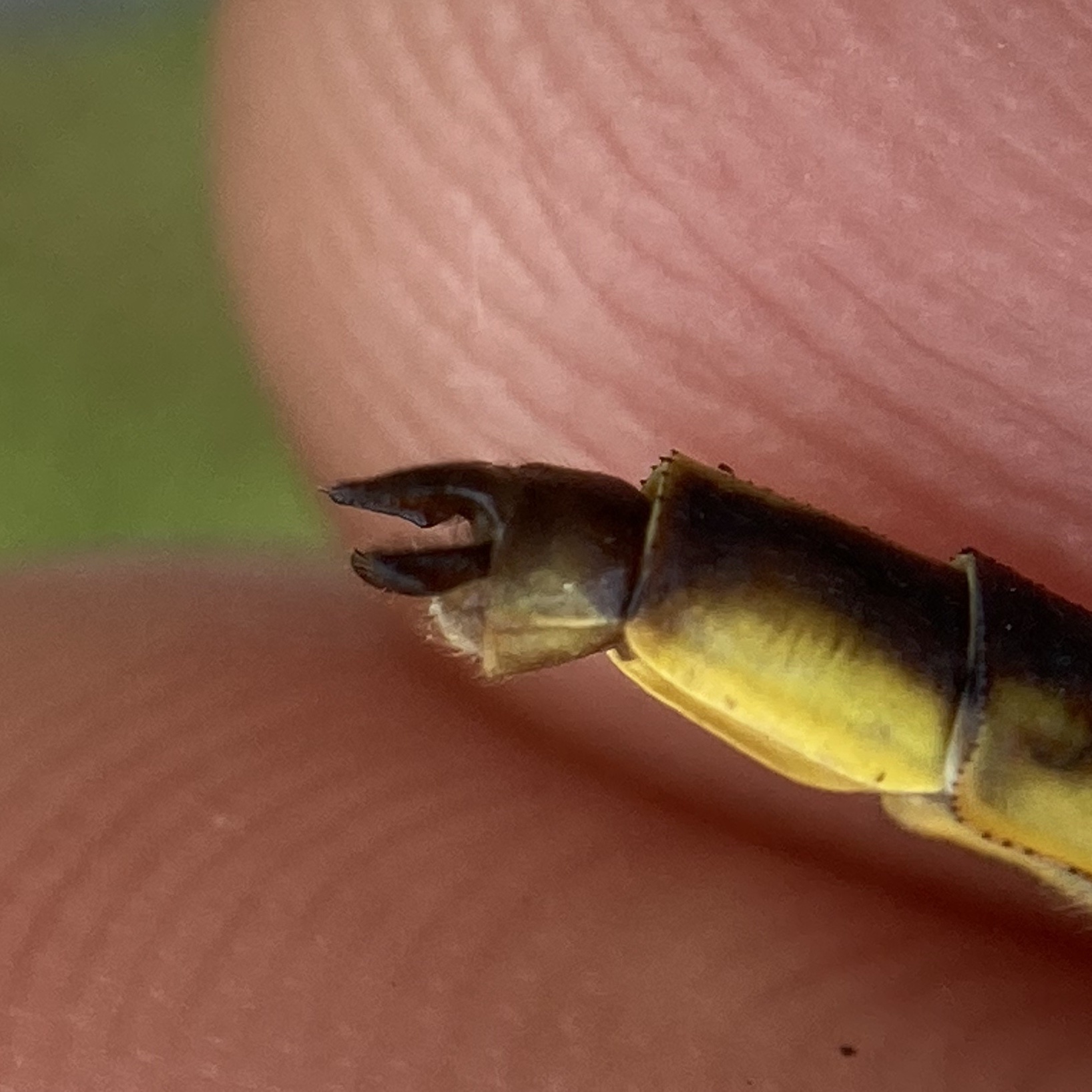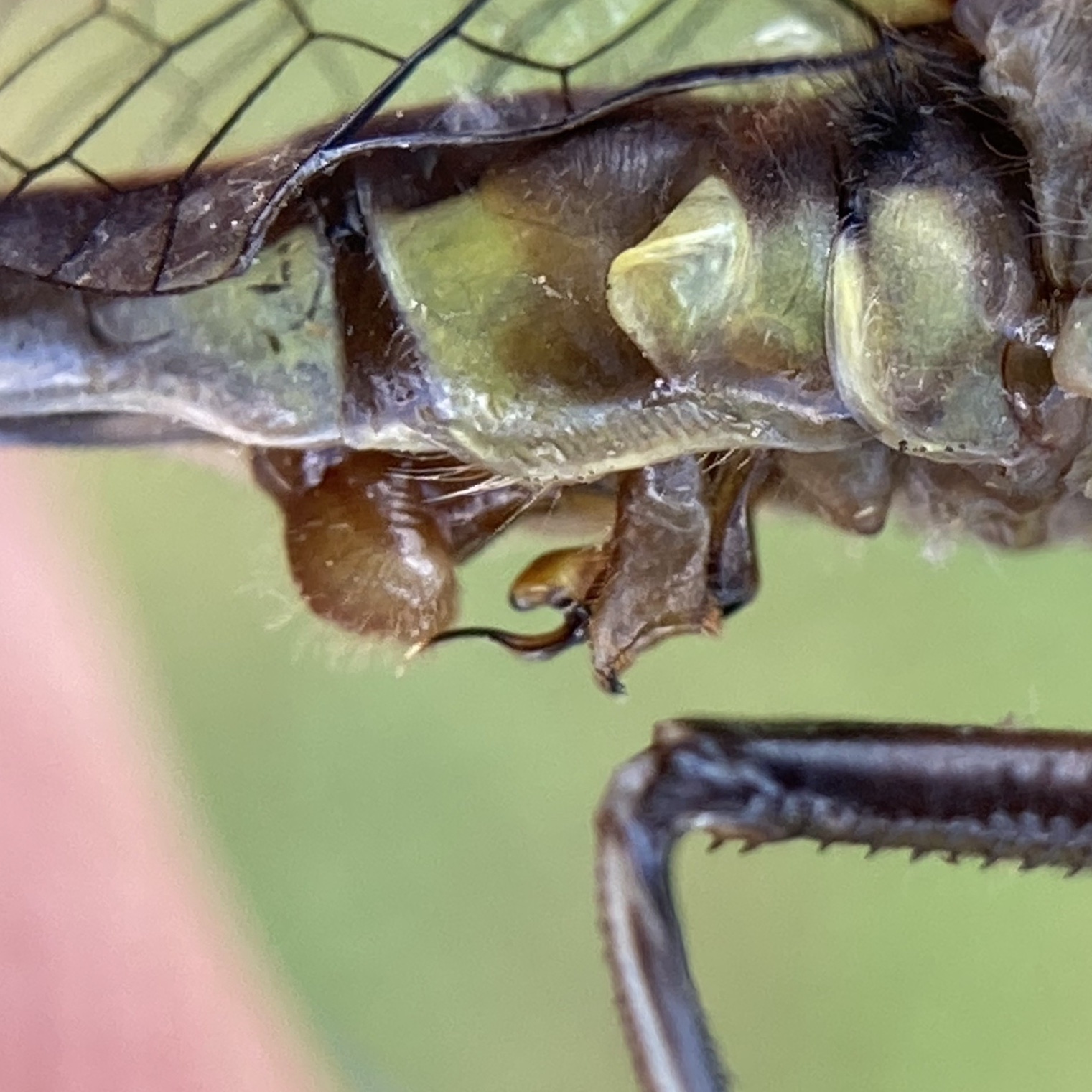A Lancet Clubtail in Washington Co., Maryland (6/2/2018).
A Lancet Clubtail in Montgomery Co., Maryland (6/30/2014).
Lancet Clubtail in Garrett Co., Maryland (6/11/2006). (c) Bill Hubick, all rights reserved.
A Lancet Clubtail in Caroline Co., Maryland (5/26/2015).
Lancet Clubtail in Allegany Co., Maryland (6/29/2020). (c) Judy Gallagher, some rights reserved (CC BY-NC ).
A Lancet Clubtail in Dorchester Co., Maryland (5/9/2015).
Lancet Clubtail in Garrett Co., Maryland (6/9/2020). (c) Rick Cheicante, some rights reserved (CC BY-NC).
Lancet Clubtail in Allegany Co., Maryland (7/2/2020). (c) rborchelt, some rights reserved (CC BY-NC ).
Lancet Clubtail in Caroline Co., Maryland (5/18/2019). (c) Katja Schulz, some rights reserved (CC BY ).
Lancet Clubtail in Garrett Co., Maryland (6/11/2023). (c) Judy Gallagher, some rights reserved (CC BY-SA ).
A Lancet Clubtail in Washington Co., Maryland (5/25/2019).
Lancet Clubtail in Garrett Co., Maryland (Date obscured). (c) Josh Emm, some rights reserved (CC BY-NC ).
Lancet Clubtail in Howard Co., Maryland (5/21/2023). (c) bugologist2, some rights reserved (CC BY-NC ).
Lancet Clubtail in Caroline Co., Maryland (6/13/2021). (c) Stephen John Davies, some rights reserved (CC BY-NC ).
Lancet Clubtail in Prince George's Co., Maryland (5/20/2022). (c) Scot Magnotta, some rights reserved (CC BY-NC ).
Lancet Clubtail in Caroline Co., Maryland (5/18/2019). (c) Katja Schulz, some rights reserved (CC BY ).
Lancet Clubtail in Prince George's Co., Maryland (6/9/2018). (c) Lindsay D. Loyd, some rights reserved (CC BY-NC ).
Lancet Clubtail in Garrett Co., Maryland (6/11/2020). (c) Hans Holbrook, some rights reserved (CC BY-NC).
Lancet Clubtails in wheel on Patuxent River NAS, St. Mary's Co., Maryland (5/3/2012).
Lancet Clubtail in Howard Co., Maryland (5/21/2023). (c) bugologist2, some rights reserved (CC BY-NC ).
An emerging Lancet Clubtail in Frederick Co., Maryland (5/13/2014).
Lancet Clubtail in Garrett Co., Maryland (Date obscured). (c) Josh Emm, some rights reserved (CC BY-NC ).
A Lancet Clubtail in Caroline Co., Maryland (5/26/2015).
Lancet Clubtail in Garrett Co., Maryland (6/11/2020). (c) Hans Holbrook, some rights reserved (CC BY-NC).
Lancet Clubtail in Garrett Co., Maryland (6/11/2020). (c) Hans Holbrook, some rights reserved (CC BY-NC).
Previous
Next
Status One of Maryland's most common clubtails. Lancet Clubtails are often observed resting on the ground near still or slow moving water like ponds and ditches.
Seasonality Snapshot
Jan Feb Mar Apr May Jun Jul Aug Sep Oct Nov Dec 0 1 2 3 4 5 6 7 8 9 10 11 Totals
Use of media featured on Maryland Biodiversity Project is only permitted with express permission of the photographer.
A Lancet Clubtail in Montgomery Co., Maryland (6/30/2014).
Media by
Richard Orr .
Lancet Clubtails in wheel on Patuxent River NAS, St. Mary's Co., Maryland (5/3/2012).
Media by
Tony Leukering .
Species of dragonfly
Phanogomphus exilis lancet clubtail , is a species of dragonfly in the family Gomphidae widespread and common throughout southern Manitoba , Ontario , and the northeastern United States .[ 2] [ 3] [ 4]
The adults are approximately 4.3 cm (1.7 in) long. The males claspers are 'lancet' shaped, hence the common name. The body is black with green stripes on the thorax and green triangles on the abdomen. The last two abdominal segments have yellow patches on the outer edges.[ 5]
Their flight period is from June to July.[ 5]
The IUCN conservation status of Phanogomphus exilis is "LC", least concern, with no immediate threat to the species' survival. The population is stable. The IUCN status was reviewed in 2018.[ 1]
^ a b Paulson, D. R. (2018). "Phanogomphus exilis " . IUCN Red List of Threatened Species 2018 : e.T164943A125535425. doi :10.2305/IUCN.UK.2018-1.RLTS.T164943A125535425.en . Retrieved 11 November 2021 . ^
Ware, Jessica L.; Pilgrim, Erik; May, Michael L.; Donnelly, Thomas W.; et al. (2017). "Phylogenetic relationships of North American Gomphidae and their close relatives" . Systematic Entomology . 42 (2): 347– 358. Bibcode :2017SysEn..42..347W . doi :10.1111/syen.12218 . PMC 6104399 PMID 30147221 .
^
"Odonata Central" . Retrieved 2018-08-18 .
^
"World Odonata List" . Slater Museum of Natural History, University of Puget Sound. 2018. Retrieved 2018-08-18 .
^ a b Mead, Kurt. (2009) Dragonflies of the North Woods, Second Edition, Duluth, MN:Kollath+Stensaas Publ.
























